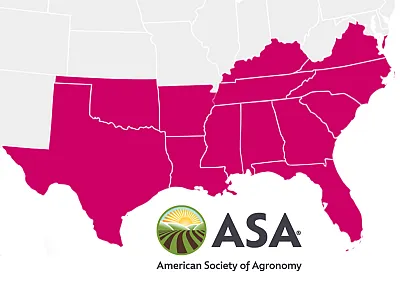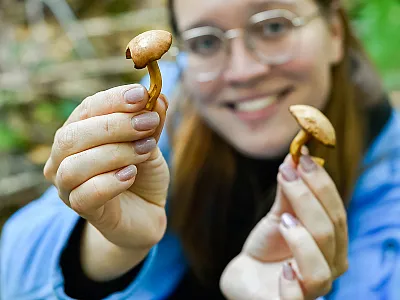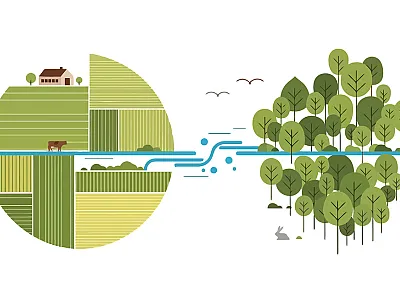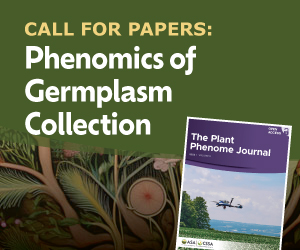Global barley collection provides genetic insights on resistance to devastating fungal pathogen
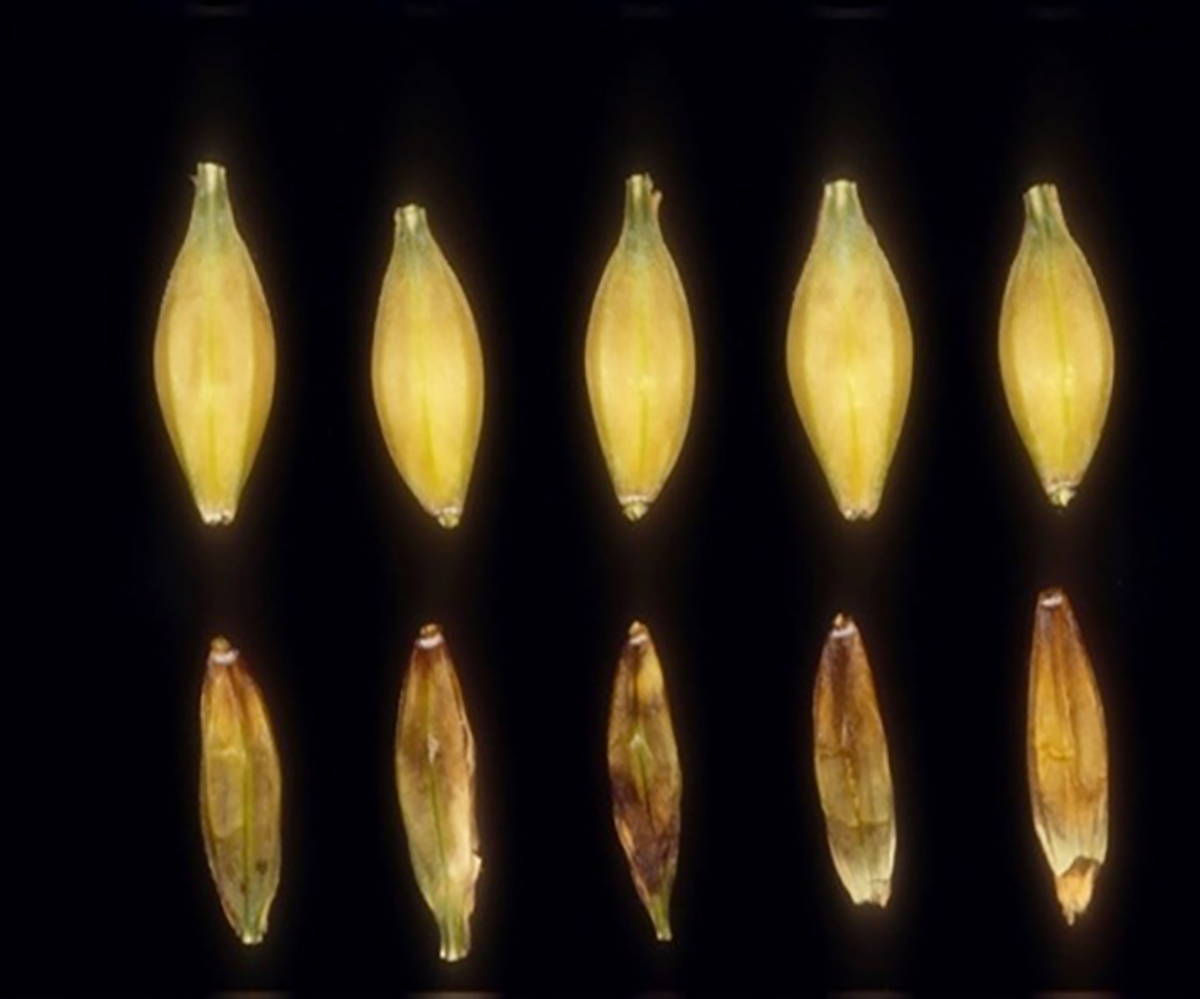
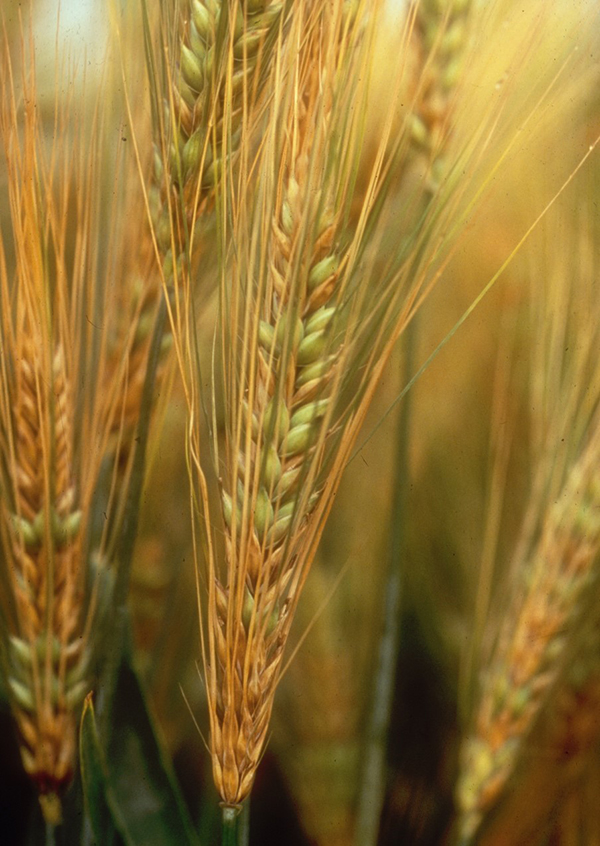
Plant diseases are a continual threat for farmers in the pursuit of producing high-yielding crops with desirable, quality traits. For barley production, one of the major concerns for growers is the fungal disease Fusarium head blight (FHB). This disease reduces both the yield of the crop and its quality by contaminating the grain with toxic chemical compounds (e.g., deoxynivalenol, aka DON). Deploying barley cultivars with improved resistance is a key component for the management of FHB; however, breeding for resistance has proven to be very challenging—resistance against FHB and DON accumulation are complex traits heavily influenced by the environment and gene–environment interactions.
From 2015 to 2021, researchers at the University of Minnesota evaluated a diverse collection of barley varieties from global gene banks for their reaction to FHB. Genome-wide association mapping (a statistical method for associating underlying genes with physical traits) was used to detect regions of the barley genome influencing the reaction to FHB and/or toxin accumulation. Additionally, patterns of diversity in these resistant genetic regions were also investigated to see if select varieties could be crossed to effectively breed for resistant lines.
The findings from this study may help barley breeders develop varieties with improved resistance to FHB and toxin accumulation through the introgression of key genetic regions found within this diverse barley collection.
Dig deeper
Page, R., Sallam, A. H., Szinyei, T., Matny, O., Wodarek, J., & Steffenson, B. J. (2025). Genome-wide association mapping of resistance to Fusarium head blight and deoxynivalenol accumulation and haplotype analysis in a diverse barley collection. Crop Science, 65, e70119. https://doi.org/10.1002/csc2.70119
View the special collection of articles on Fusarium head blight in CSA News.
Text © . The authors. CC BY-NC-ND 4.0. Except where otherwise noted, images are subject to copyright. Any reuse without express permission from the copyright owner is prohibited.





